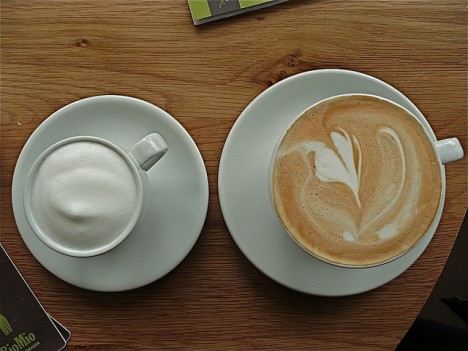
If you can live without the fancy latte design, there are cheaper ways to get your fix. Photo: AnnaKika/Flickr
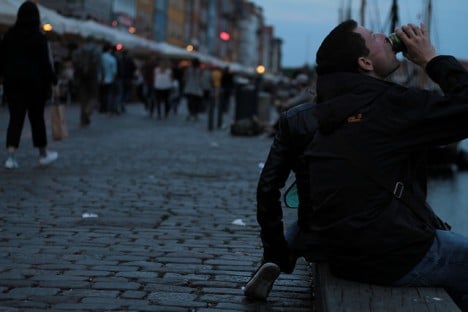
A kiosk-bought beer can be enjoyed at Nyhavn for a fraction of a cafe's cost. Photo: Elisabetta Stringhi/Flickr
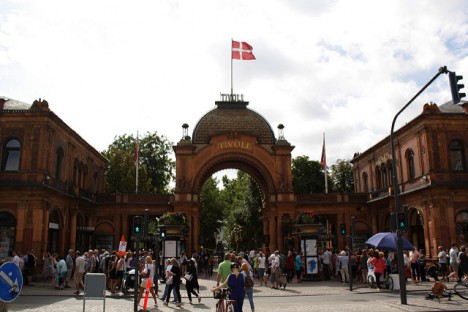
An annual pass to Tivoli can pay off within just a few visits. Photo: Blondinrikard Fröberg/Flickr
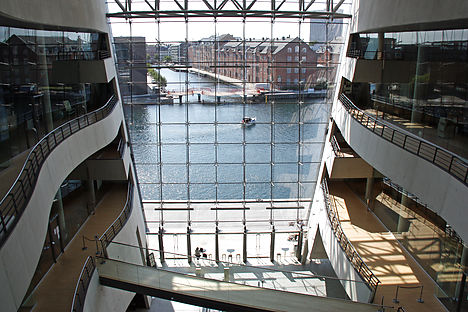
Libraries are a source of free entertainment and, in the case of the Black Diamond, excellent views. Photo: Scanpix
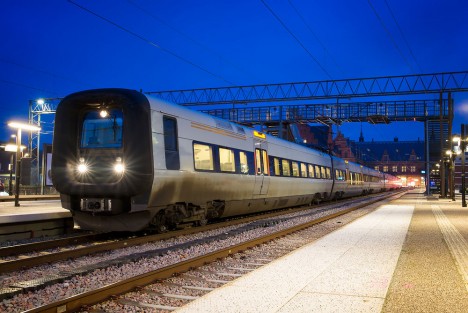
Train travel is definitely an area in which you want to buy in bulk. Photo: Scanpix
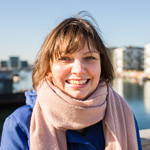 Melanie Haynes is originally from the UK and has lived in Copenhagen for eight years. She writes about life in Copenhagen on her blog Dejlige Days and after experiencing relocation to Copenhagen and Berlin, she runs a settling-in service aimed at helping expats called Dejlige Days Welcome. Her ebook, Dejlige Days: A Guide to relocation, will be published soon.
Melanie Haynes is originally from the UK and has lived in Copenhagen for eight years. She writes about life in Copenhagen on her blog Dejlige Days and after experiencing relocation to Copenhagen and Berlin, she runs a settling-in service aimed at helping expats called Dejlige Days Welcome. Her ebook, Dejlige Days: A Guide to relocation, will be published soon.

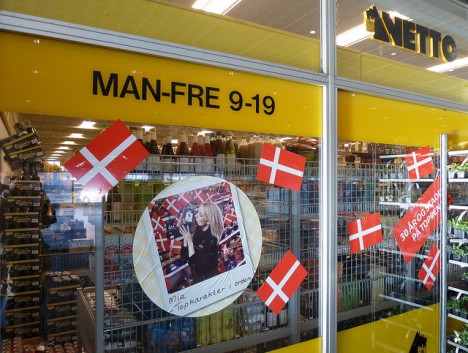
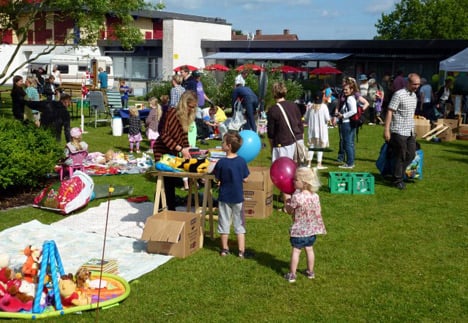
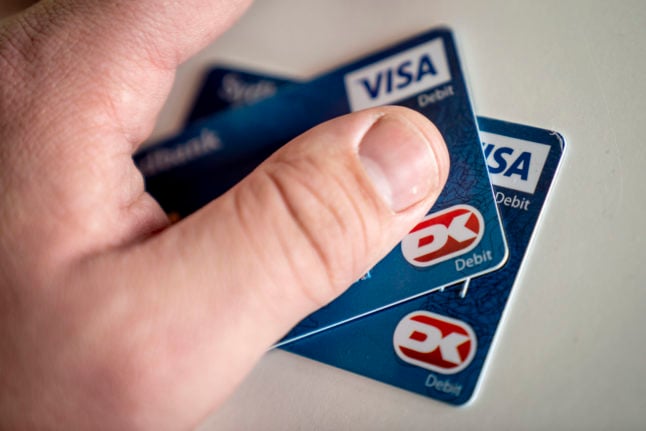
 Please whitelist us to continue reading.
Please whitelist us to continue reading.
Member comments